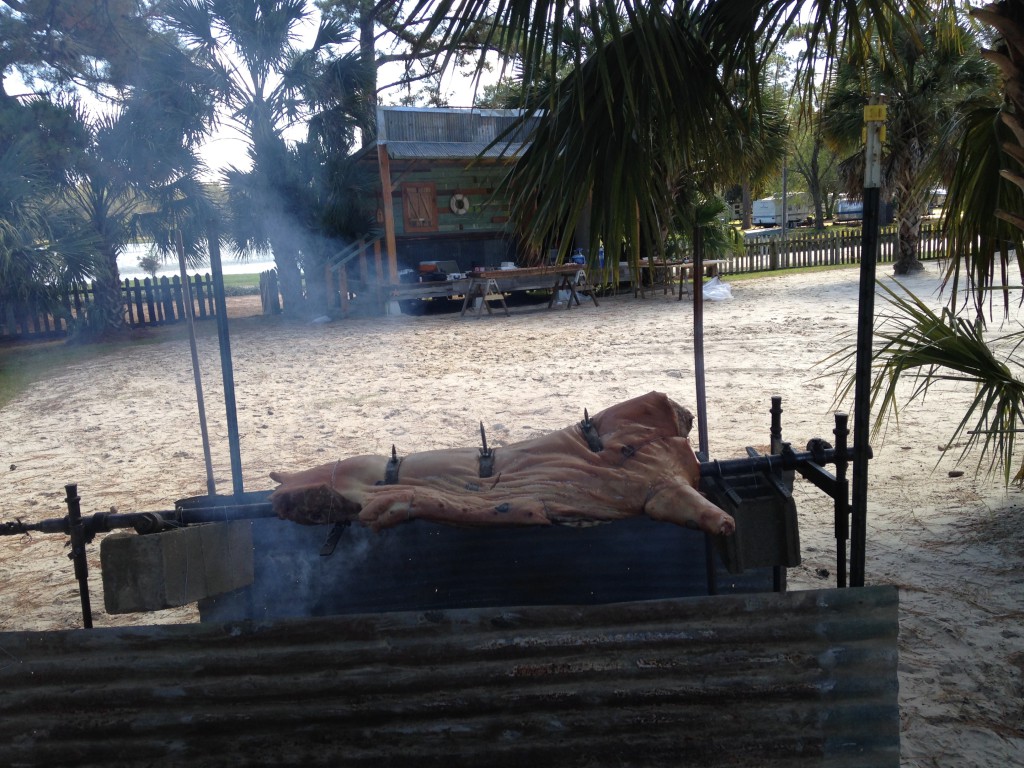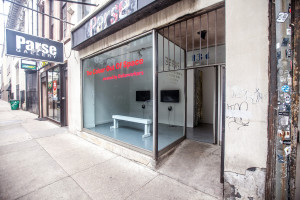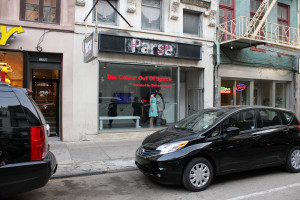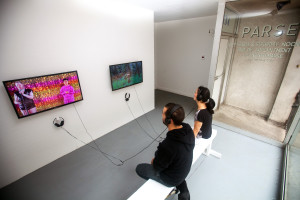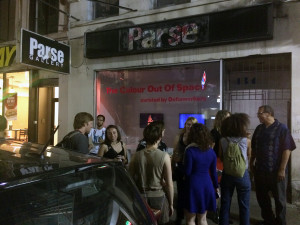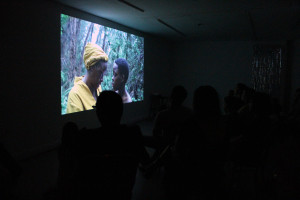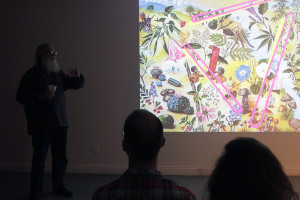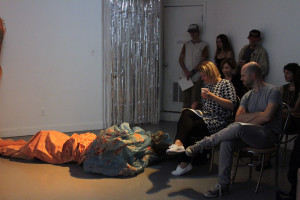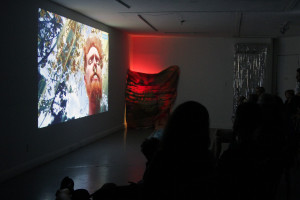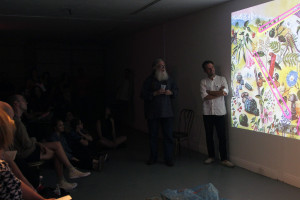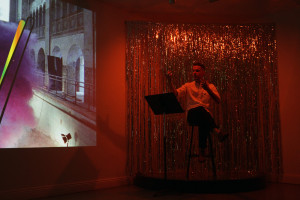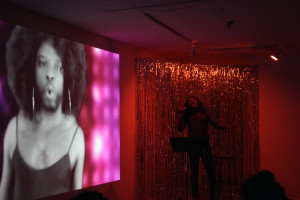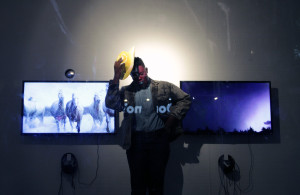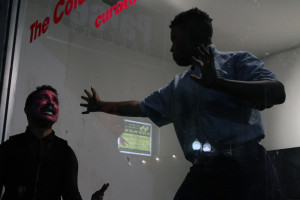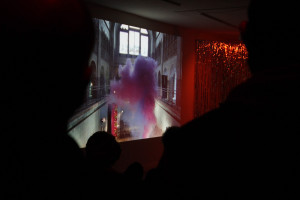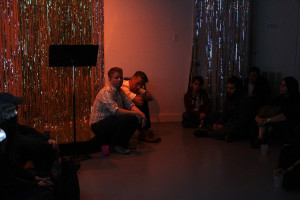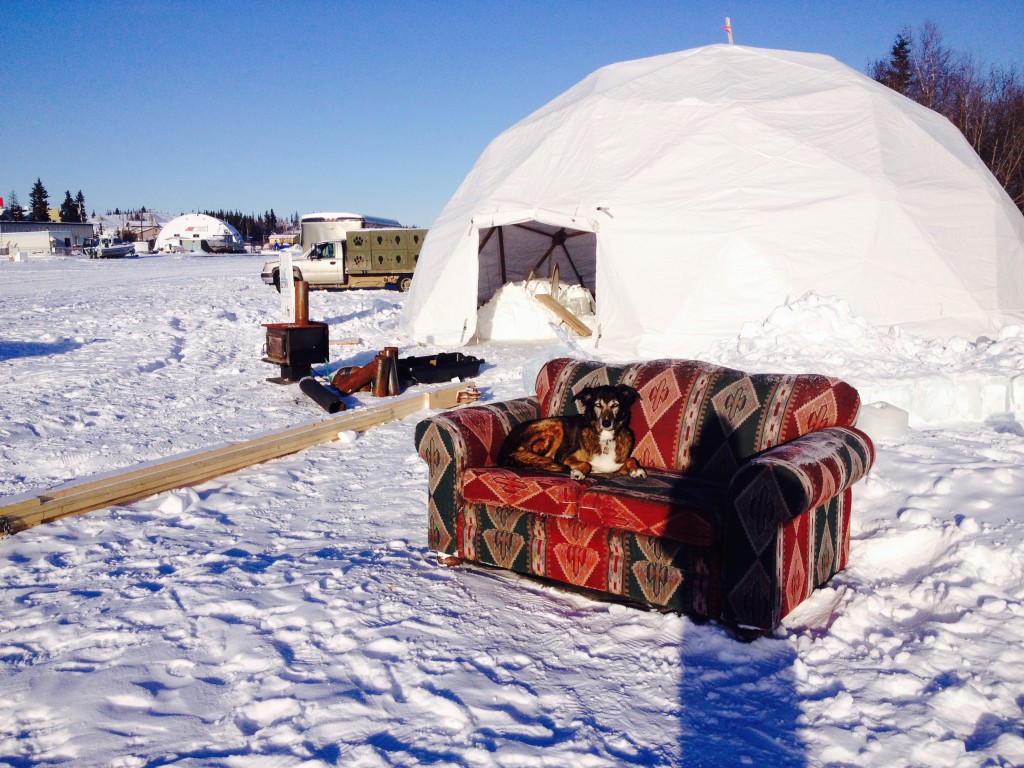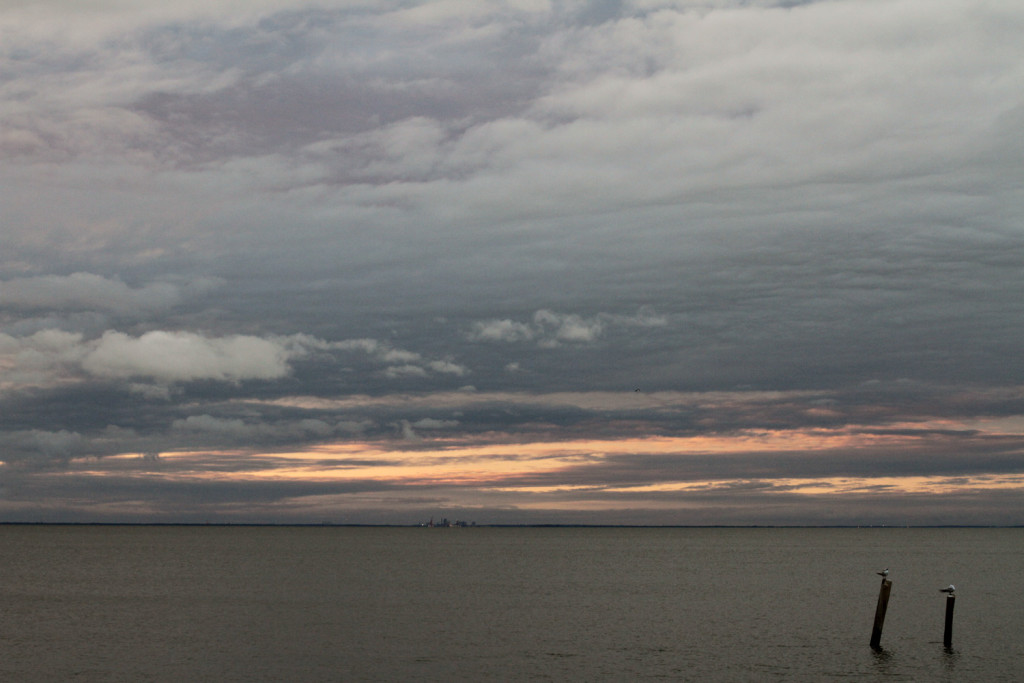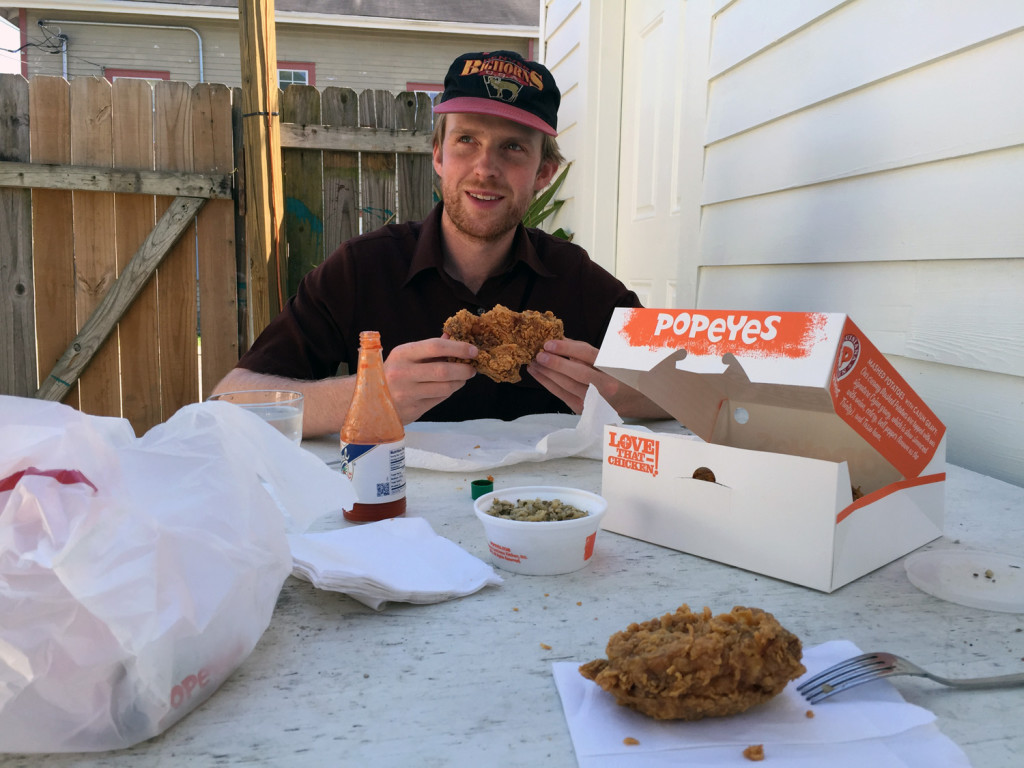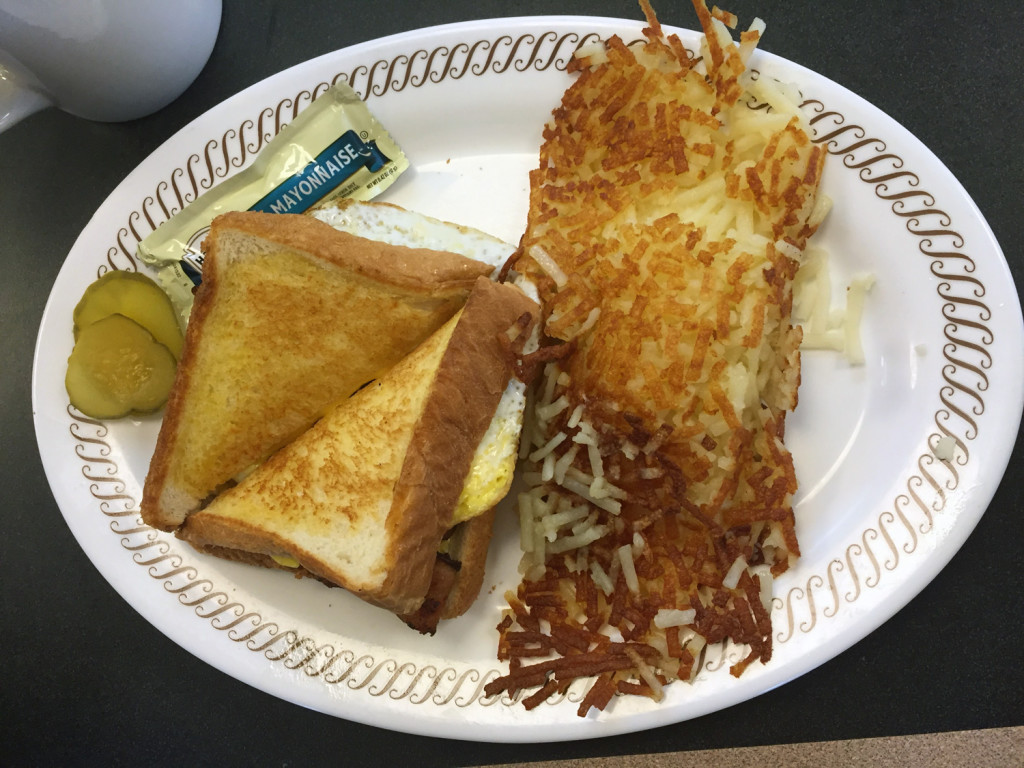Some memories of my Deltaworkers’ residency…
Thank you so much Maaike and Joris for making it happen and to make my time in the residency wonderful. And also a big thank you to Maggie and Dawn DeDeaux for their precious help!

mercredi 11 novembre 2015
Wednesday 11th of November 2015
La lumière attaque la surface rugueuse des briques,
laissant seulement la chaussée dans l’ombre.
Il parle tout seul – au bord de l’artère aux voitures filantes.
L’air chaud s’échappe des corps et du bitume,
et aussi, l’odeur forte caressante des cuisines des cantines sur St Bernard Ave.
Ils, la réparent encore – la vieille ford grise, sous les arbres.
Les couleurs s’immiscent à l’orée du jour,
écrasant les reliefs à cette heure là du Sud. Les berges du Canal s’assombrissent.
Elle, d’un autre âge, roule son cyclo-pousse rose scintillant, en chantant – I will love you forever.
Et les trois soeurs, la nuit tombée, rentrent à la maison,
oubliant derrière elles la journée passée.
Elle, la plus petite, chante aussi – And I will meet you, you, you again.
——-
The light strikes the rough surface of the bricks,
Leaving only the pavement in the shadows.
He speaks to himself- at the edge of the road to the cars shooting past.
The hot air rushes out from the bodies and the tarmac,
Along with the strong, caressing smell from the kitchens on St Bernard Ave.
They fix it again- the old grey Ford, under the trees.
Colours interfere at dawn,
Crushing reliefs at this hour of the day (in the South). The banks of the Canal darken.
She, from another age, rides her shiny pink trishaw, singing – I will love you forever.
And the three sisters, in the twilight, go back home,
Leaving the past day behind them.
She, the smallest one, also sings- And I will meet you, you, you again.


